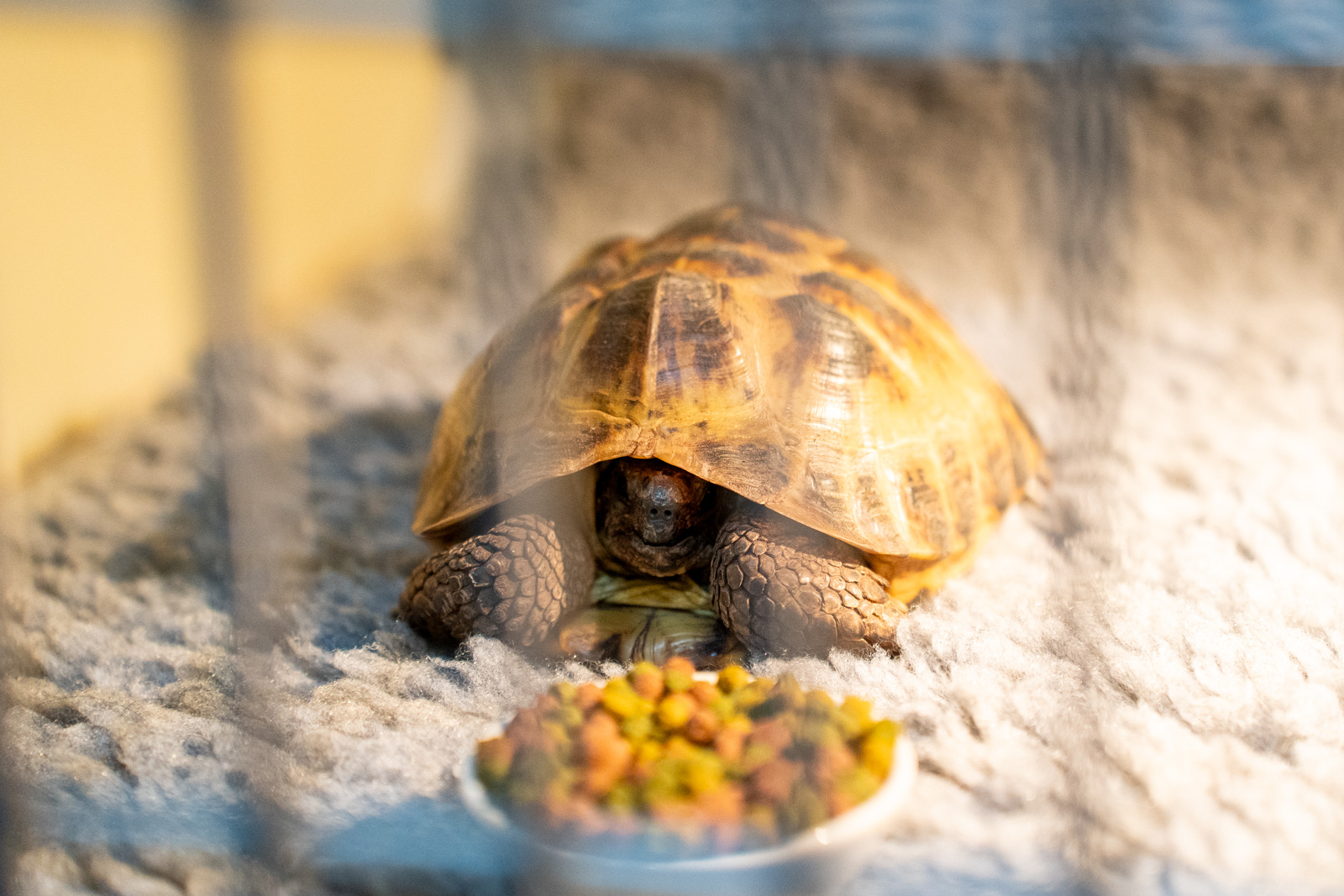People tend to think it’s only older pets that get ill and therefore younger pets don’t need pet insurance but we know from the patients we see each day that this is not the case.
In fact, the younger your pet is when you insure them the better as it means you are less likely to have any existing conditions, which may not be covered by the policy and you can then receive more help covering the cost of any future treatment your pet needs.
It is important to note that not all pet insurance is the same. There are many different types of policy available and the level of cover provided can vary considerably. The four main types of policy are as follows:
- Accident: provides cover for accidents only and no cover for illness
- Time-Limited: provides cover for a set amount of time (usually 12 months) and after this period the condition is excluded
- Maximum Benefit: provides cover up to a maximum amount of money per condition and once this limit is reached the condition is excluded
- Lifetime: provides a set amount of money each year which is refreshed each time you renew your policy allowing you to continue to claim for ongoing conditions
As you can see from the information above, the type of policy you choose can have implications for the veterinary care of your pet and the costs you will face so it’s important to choose the right cover. Sometimes, the cheapest insurance can cost you more in the long run. When shopping around for a policy, we suggest that you ask the following questions to allow you to compare the overall value you are getting, not just the price:
- Does this policy cover congenital, hereditary, hip-related, dental and behavioral conditions?
- Is there a time or monetary limit on how long this policy will cover ongoing conditions for?
- If I claim, will my premium increase?
Unlike other forms of insurance it is not easy to switch pet insurance in the future as any pre-existing conditions your pet has are likely to be excluded so it’s important to do your research and choose the right cover from the start.

